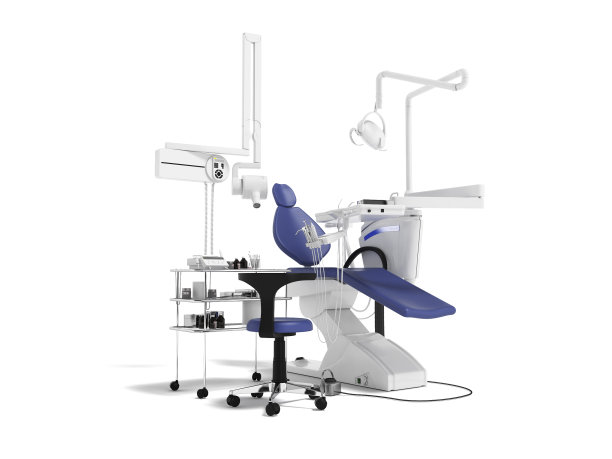The Essential Guide to Extracting a Tooth Safely for Optimal Oral Health and Comfort
Summary: Dental extractions, while often necessary, can be daunting for many patients. This article aims to be an essential guide to safely extracting a tooth, ensuring both optimal oral health and comfort during the process. We will delve deep into the preparation required for a successful extraction, the techniques employed by dental professionals, how to manage post-extraction care, and the importance of professional guidance. By the end, readers will be well-informed about the tooth extraction process and how to navigate it confidently, thereby maintaining their overall oral health.
1. Preparing for Tooth Extraction

Preparation is crucial when anticipating a tooth extraction. The first step involves a thorough dental examination, where the dentist assesses the condition of the tooth to determine if extraction is necessary. Diagnostic imaging, such as X-rays, may also be employed to identify the tooths root structure and surrounding bone. This comprehensive evaluation helps to outline the extraction plan and reduces potential complications.
In addition, patients must disclose their full medical history to the dentist. This includes any medications currently being taken, past dental procedures, and pre-existing health conditions. Understanding these factors allows the dental professional to anticipate challenges and administer appropriate anesthetics or prophylactic antibiotics if necessary.
Preparation extends beyond the appointment itself. Patients are typically advised to refrain from eating or drinking in the hours leading up to the procedure, particularly if sedation will be used. Ensuring a calm state of mind through relaxation techniques can significantly contribute to a smoother extraction process.
2. Techniques for Safe Tooth Extraction
The extraction procedure typically begins with the administration of local anesthesia to numb the area around the affected tooth. Dentists may also use sedation dentistry techniques for patients who are particularly anxious. This approach helps keep patients calm and comfortable throughout the extraction process.
There are two primary types of extractions: simple and surgical. A simple extraction is performed on visible teeth with straightforward roots, while surgical extraction is used for teeth that are broken beneath the gum line or impacted. The dentist uses specialized tools to loosen the tooth before gently rocking it back and forth for removal. This meticulous process minimizes trauma to surrounding tissues.
Once the tooth is extracted, the dentist will clean the extraction site and may stitch the wound if necessary. Understanding these techniques helps patients appreciate the care and skill involved, providing reassurance that their health is of utmost importance.
3. Post-Extraction Care for Comfort
Post-extraction care is integral to ensuring a comfortable recovery. Immediately following the procedure, patients may experience some bleeding, which can typically be managed by gently biting down on gauze placed over the extraction site. It’s important to follow the dentists instructions regarding when to change the gauze.
Patients should also be aware of dietary restrictions after a tooth extraction. Soft foods are recommended, avoiding chewy or crunchy items that could disturb the healing site. Foods like yogurt, applesauce, and mashed potatoes are excellent choices during this initial recovery period.
Additionally, maintaining oral hygiene is vital, but patients are advised to be gentle around the extraction site for a few days. Rinsing the mouth with warm salt water can help speed up healing and reduce the risk of infection. Following these care guidelines can significantly enhance comfort levels during recovery.
4. The Importance of Professional Guidance
Encountering the need for tooth extraction can be unsettling, but relying on a dental professionals expertise makes the process safer and more effective. Dentists possess the necessary training and experience to handle any complications that may arise during the extraction procedure, ensuring the best possible outcome for the patient.
Moreover, regular dental visits allow professionals to monitor oral health and detect issues that could necessitate an extraction early on. Such proactive care can often prevent more serious dental problems, reducing the need for complex procedures.
Finally, discussing any concerns or questions with the dentist before the procedure is highly encouraged. This dialogue fosters a trusting relationship and ensures that patients feel empowered and informed throughout their dental journey.
Summary:
The process of tooth extraction, when approached with proper preparation and professional assistance, can lead to improved oral health and comfort. Understanding each phase of the procedure—from preparation to aftercare—enables patients to feel supported and informed every step of the way.
This article is compiled by Vickong Dental and the content is for reference only.


